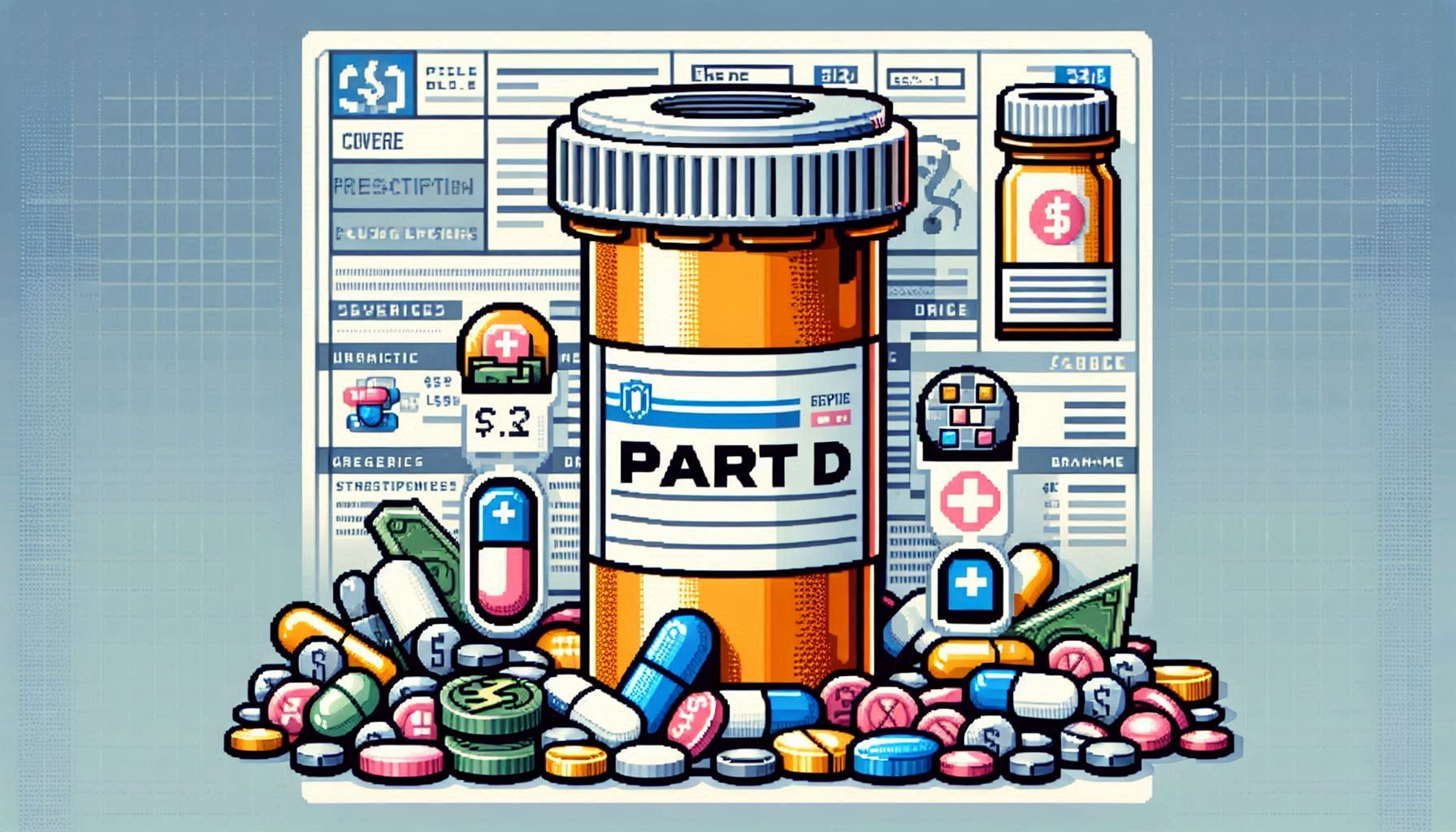When you make a purchase using the links on this site, I may earn a commission at no additional cost to you.
Medicare Broker – Life Insurance – Broker – Health Insurance Broker
Licensed in all 50 states & D.C.
Expert Insurance Guidance You Can Trust
Get Personalized Support That Takes the Stress Out of Insurance

Your Trusted Insurance Professional
When it comes to insurance, I know that making the right choices for your family can be daunting. To help, I take a commonsense approach—asking questions, listening to your answers, and recommending policies that fit your needs. Here are some key benefits:
- Personalized Guidance: I offer advice based on your specific healthcare needs and financial situation.
- Access to Multiple Companies: I have access to a wide range of plans from various carriers, giving you a broader selection.
- Unbiased Recommendations: As an independent broker, I provide unbiased recommendations, ensuring you get the most suitable insurance plan without any sales pressure.
- Cost Savings: By comparing different options, I help you find the most cost-effective coverage.
- Ongoing Support: I offer ongoing support, assisting with any issues or changes to your plan as your healthcare needs evolve.
By working with me as your insurance broker, you can make informed decisions and secure the best possible coverage for your health and peace of mind.
My Insurance Offerings

Medicare Advantage plans
Medicare Advantage plans are private health plans offering Medicare Part A, Part B, and often additional benefits like prescription drug coverage.

Medicare Supplement (Medigap)
Medicare Supplement (Medigap) insurance fills gaps in Medicare coverage, such as copayments and deductibles, offering additional financial protection.

Medicare Part D
Medicare Part D provides prescription drug coverage through private insurers, helping Medicare beneficiaries afford medications not covered by other parts.

Dental Insurance
Dental insurance covers preventive care, treatments, and surgeries for oral health, helping manage costs for routine and unexpected dental needs.

Individual Health Insurance
Individual health insurance provides coverage for medical expenses, offering flexibility and tailored plans for personal healthcare needs and circumstances.

Vision Insurance
Vision insurance covers eye exams, corrective lenses, and eyewear, ensuring affordable access to essential vision care services and products.

Hospital Indemnity
Hospital indemnity insurance provides fixed cash benefits for hospital stays, complementing primary health insurance by helping cover related costs and expenses.

Travel Medical Insurance
Travel medical insurance provides coverage for medical emergencies and expenses while traveling abroad, offering peace of mind and financial protection.

Disability Insurance
Disability Insurance provides income protection by offering financial support if an individual becomes unable to work due to illness or injury.

Life Insurance
Life insurance coverage can be relatively easy to comparison shop. It simply covers you in the event that you die.

Accident Insurance
Accident Insurance can be used not only to offset the costs associated with an accident such as ambulance transportation, emergency room visits, X-rays and rehabilitative therapies, but also for ordinary daily bills.

Home Health Care Insurance
Home Health Care Insurance provides coverage for medical and non-medical services administered at home, including skilled nursing care, physical therapy, and assistance with daily activities.

Critical Illness Insurance
Critical illness insurance pays a lump sum upon diagnosis of specified serious illnesses, easing financial burdens during treatment and recovery.

Cancer Insurance
Cancer insurance provides financial support for cancer-related expenses, offering a lump sum or ongoing payments upon diagnosis and treatment.

Fixed or Indexed Annuities
Fixed annuities offer guaranteed returns; indexed annuities link returns to market indices, providing potential growth with principal protection.

Religious Health Sharing Ministry plans
Religious Health Sharing Ministry plans are cooperative agreements where members share medical expenses based on religious principles and beliefs.
Medicare Insurance Broker
Thomas Marchant, your Medicare insurance broker and Medicare advisor, offers comprehensive Medicare enrollment assistance and Medicare plan comparison services. As a trusted Medicare agent, Thomas provides personalized support to navigate Medicare benefits consultation and ensure you select the best Medicare coverage specialist for your needs. Whether you need guidance on Medicare Advantage, Medigap, or Part D plans, Thomas’s expertise in Medicare policy guidance ensures you make informed decisions.

Thomas Marchant
Insurance Agent
What People Are Saying

Upcoming Events
Commission disclosure: As an insurance agent, I may earn a commission from insurance companies when a policy is sold. When you click on links and make a purchase, this can result in me earning a commission. Affiliate programs and affiliations include, but are not limited to, the eBay Partner Network, Walmart, Etsy, AliExpress and Amazon. As an Amazon Associate, I may earn commissions from qualifying purchases from Amazon. Amazon and the Amazon logo are trademarks of Amazon.com, Inc, or its affiliates.
